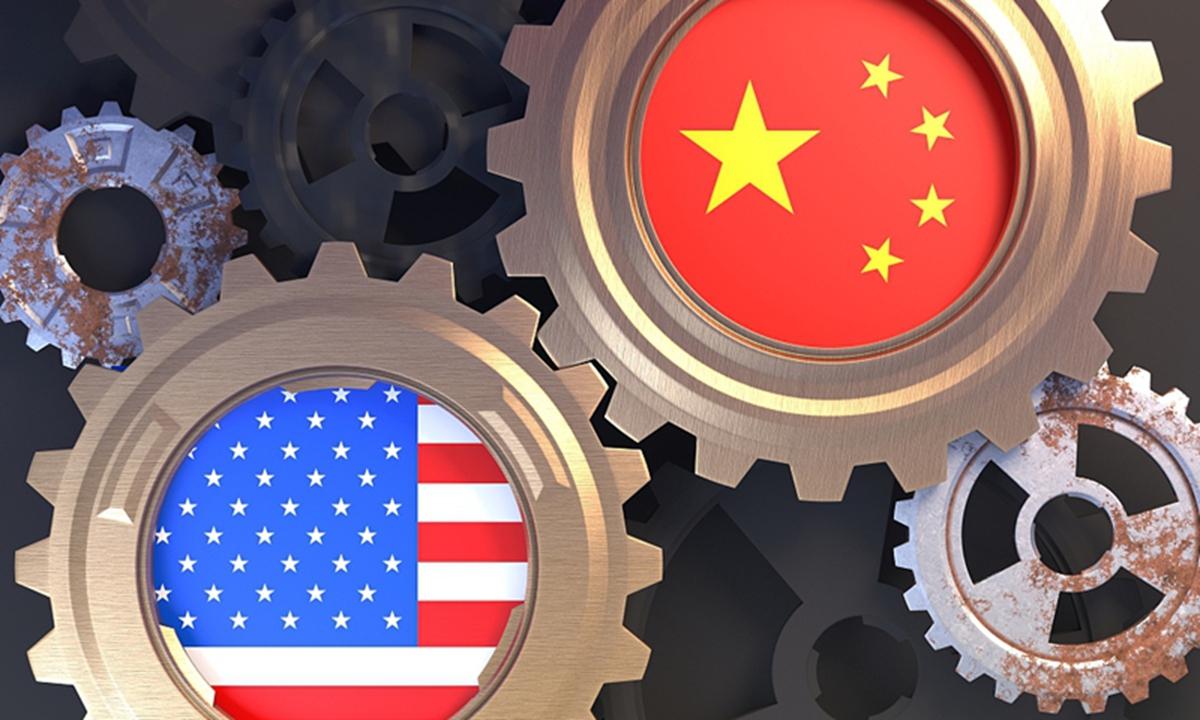COMMENTS / EXPERT ASSESSMENT
By defining China a ‘systemic rival’, the West may have other thoughts

China US
Now, "systemic rival" is becoming a popular term in the Western political discourse to describe China's rise and impact. The notion of "systemic rival" connotates a strong awareness and understanding that China's global rise is not only turning the country into an economic and technological competitor, but also transforming its economic success into becoming a political and ideational contender of the West, promoting alternative models of development and governance.
Chinese cultural influence, ideational impact and the diffusion of Chinese ideas and development norms unleashed by its economic rise is increasingly carrying weight in international relations. The question we need to ask is: what is the core driving force that is facilitating the rise of China as a "systemic rival"? In our view, the answer lies in the nature of the Capitalist World-economy.
To start with, the existing the Capitalist World-economy, with an established structure of economic stratification and division of labor, is based on a capitalist mode of production and is driven by the law of value — capitalist accumulation and surplus pursuit.
The historical evolution of the Capitalist World-economy shows that starting from Europes overseas imperialist expansion from the 16th century through slave trade, colonization, and the world wars, the Capitalist World-economy has successfully absorbed multiple cultural systems into a single economic monolith. The division of labor in the world constantly brings about flows of commodities, labor, production and capital across different geographical areas through manufacturing, trade exchange and investment. Africa and Latin America were brought into the economic system through colonization hundred years ago.
This Capitalist World-economy expanded over a long historical spectrum and brought different parts of the world into its division of labor, leading to a perpetual global economic stratification of core-peripheral relations. In other words, nations positions within the world economys structural morphology are stratified. Under this single division of labor in the world, a political structure consisting of sovereign states and multiple cultural systems interacts within the framework of an interstate system. Nation states have quite different development stages within an interconnected global economy and a set of complicated but efficient global supply chains and value chains.
The Capitalist World-economy is conceptualized as a dynamic one in which nations change of positions within its structural morphology is possible, but difficult, by taking advantage of global capital mobility and relocation of production. It explains that the change of positions in the global division of labor and the change of patterns of competition and competitiveness is the nature of the Capitalist World-economy.
Seen from this perspective, we can understand China's economic rise and its impact on the conventional stratification of the Capitalist World-economy in which countries are grouped into a small core (Western advanced countries), a scattered larger semi-periphery (developing countries) and a vast periphery (underdeveloped countries).
In other words, China's economic growth seems to have "disrupted" the traditional distribution of economic power and wealth, and the ways in which the positions of nations are interrelated and shaped. Currently, the global transformation led by China's economic rise is leading the worlds economy toward a re-division of labor, which is exerting a great deal of force on both the Global North and the Global South.
The current China-US competition is understood as both an intra-core competition within the core economic stratification of the world economy, and a contention of mode of operandi between two different kinds of economic system: government-guided market economy versus so-called liberal free-market capitalism.
World history shows that global order, disorder or reorder has always resulted from the dynamics unleashed by the rise of new economic powers and the resistance of established powers.
Historical lessons demonstrate that emerging market powers are intrinsically in dynamic interactions with the established powers. The economic rise of China and other emerging market powers, the 9-11 terrorist attack on the US, the 2008 global financial crisis, the global power rebalance caused by the Covid-19 pandemic, and the ongoing Ukraine crisis, etc, are all examples of pivotal moments shaping global transformations.
The China-US competition today is one of the most impactful phenomena that may define the world reordering process. Now labeled as "systemic rival", China is seen as a major challenger to the US-led Capitalist World-economy across all domains ranging from manufacturing, technology and finance.
It is still under debate whether the process of China-US competition only represents some functional redistribution of comparative advantage within the existing world order, or whether it symbolizes some serious structural changes - a paradigm shift - in which the institutions, the norms and the values grounded on the existing world order need to be redefined.
Li Xing is a Professor with the Department of Politics and Society, Faculty of Social Sciences and Humanities, Aalborg University, Denmark. Fan Cunqi is a PhD fellow, School of International Studies, Renmin University of China. bizopinion@globaltimes.com.cn


